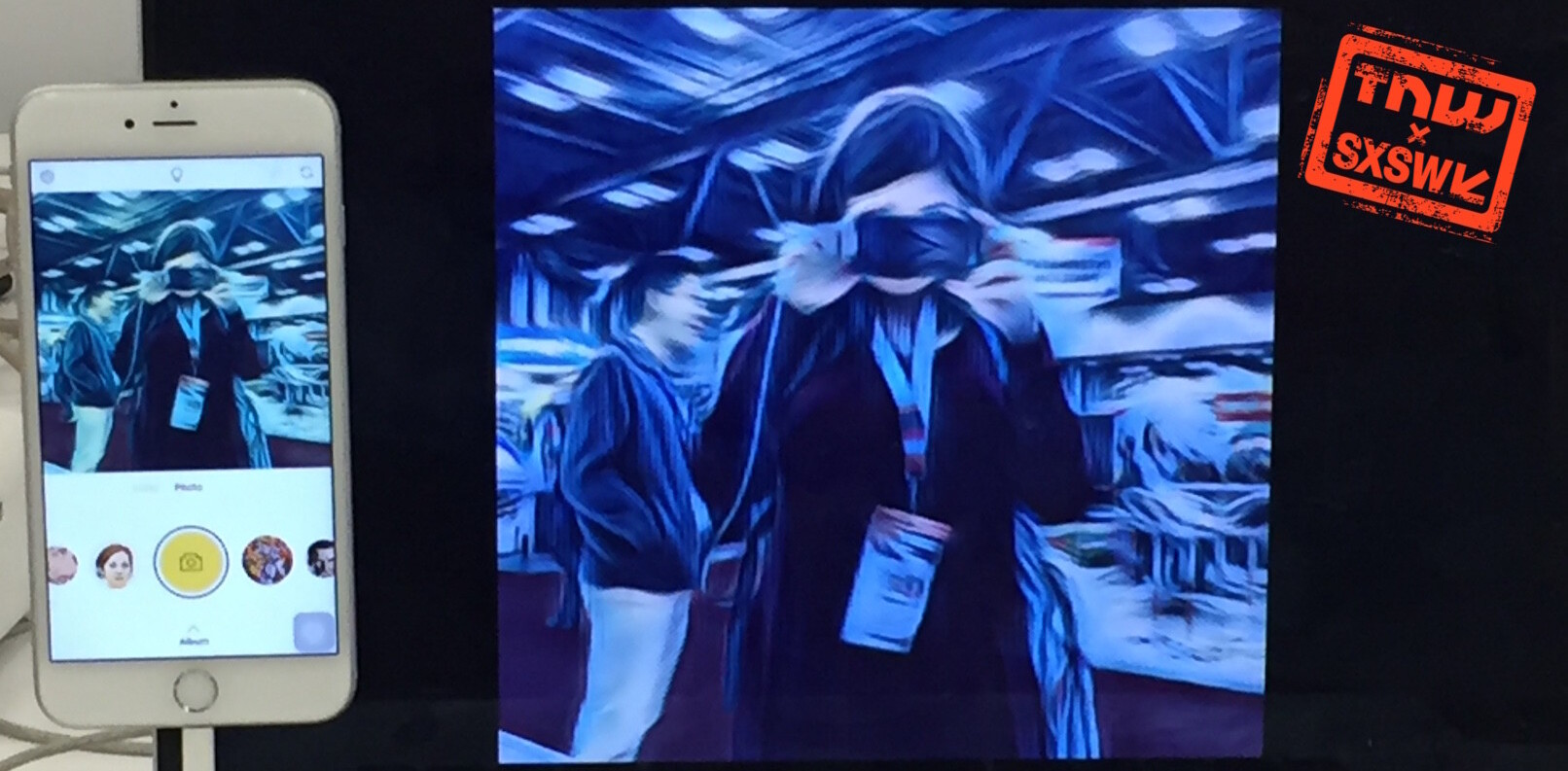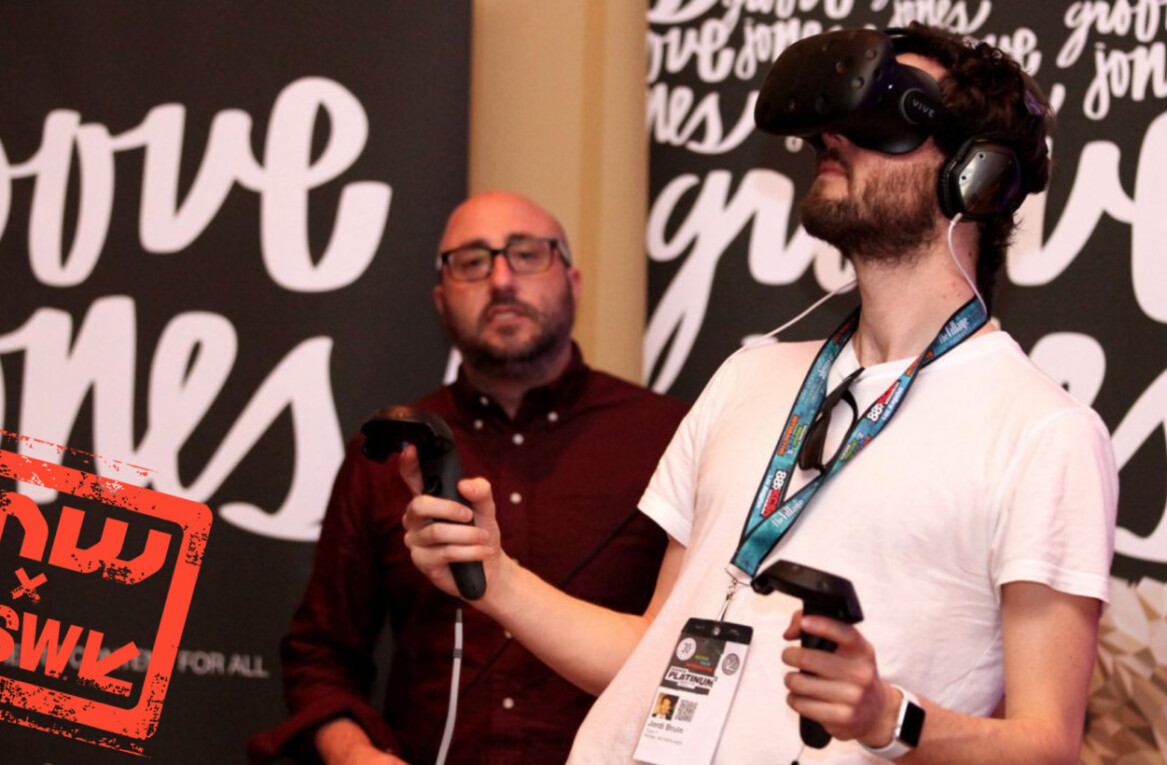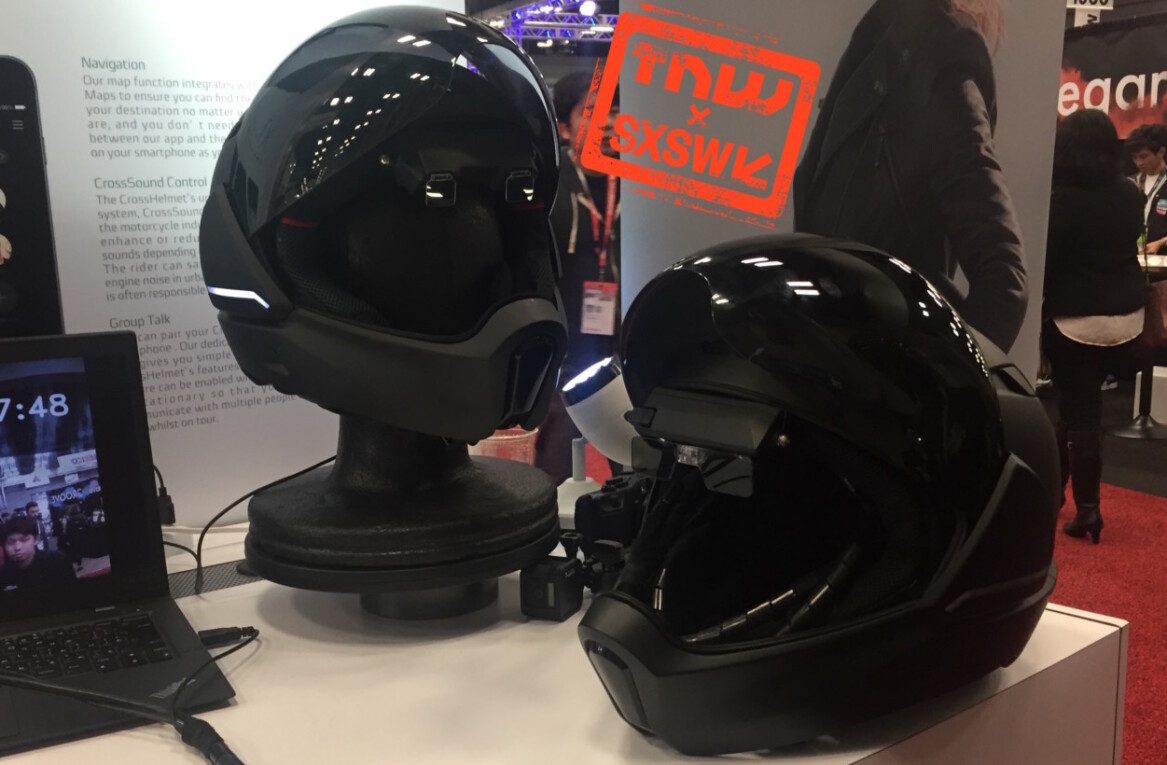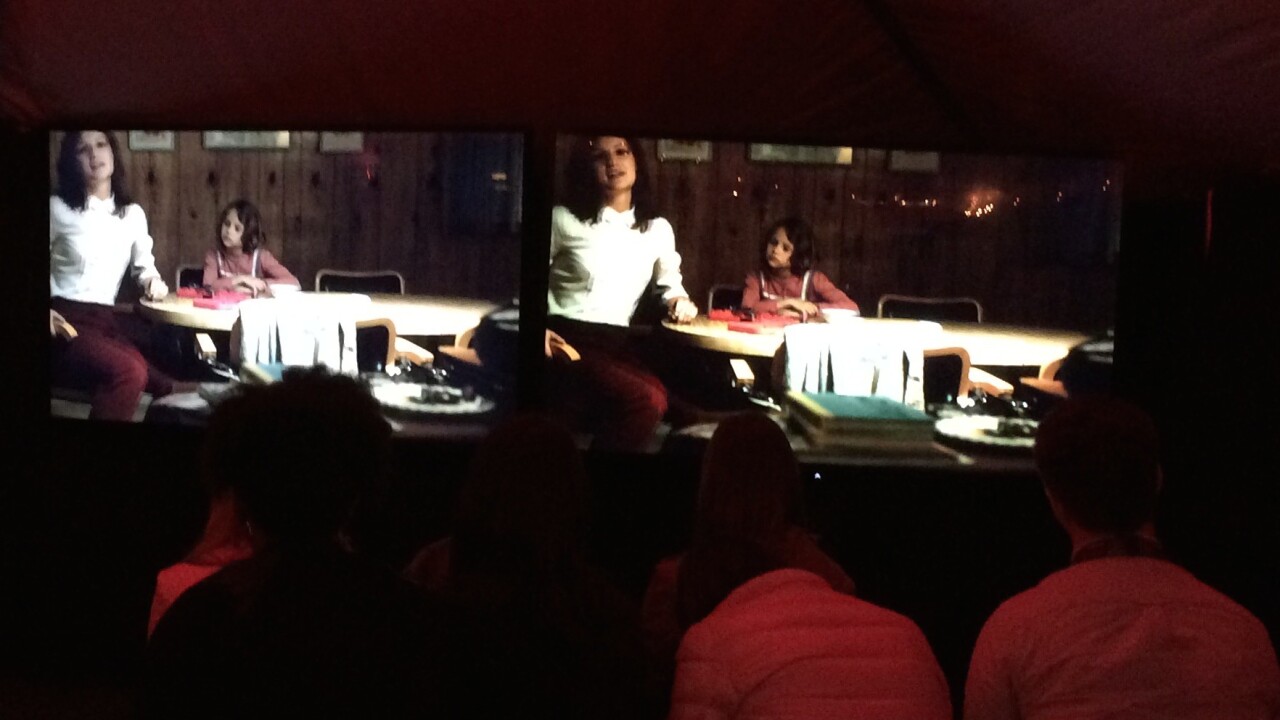
At SXSW, AMC previewed the pilot episode of “Halt and Catch Fire,” an upcoming drama about a group of programmers trying to clone the IBM PC in Texas during the early 1980s. We definitely liked what we saw, but the show feels like the slow burn kind of drama that draws you in over the course of a few episodes.
The first season of Halt and Catch Fire will run for 10 episodes beginning with its June 1, 2014 premiere.
With Breaking Bad and Mad Men, AMC has proved that it can make extraordinary TV shows out of unexpected topics. The network is taking another such risk with Halt and Catch Fire by setting it in the so-called Silicon Prairie.
“We thought there was this great opportunity to tell the story you don’t know about computers,” show creators Chris Cantwell and Chris Rogers said during a post-screening panel.
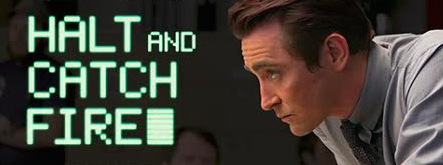
Texas also gives the writers a chance to overlay a Wild West theme onto an origin story for personal computing. If the show’s title strikes you as a bit odd, it’s a reference to a computing command that stops a CPU’s operations, though you can expect that it will take on multiple layers of meaning as the show progresses.
Halt and Catch Fire quickly establishes a compelling dynamic between the two lead characters: Joe MacMillan, a fast-talking sales guy played by Lee Pace (Pushing Daisies) who comes up with the idea to reverse engineer his former employer’s PC, and Gordon Clark, an engineer Scoot McNairy (Argo, 12 Years a Slave) who believes in his own greatness but is held back by alcohol and the demands of his family.
It’s hardly a direct comparison, but there are echoes of the working relationship between Apple co-founders Steve Jobs and Steve Wozniak. As Pace put it, “Joe Macmillan is absolutely aware of Steve Jobs and thinking of what he’s cooking up on the West Coast.”
Wozniak himself hosted Halt and Catch Fire’s post-screening panel at SXSW and praised the show for both its accuracy and production values.
“I give this show a 10 and that’s so rare for me,” he said.
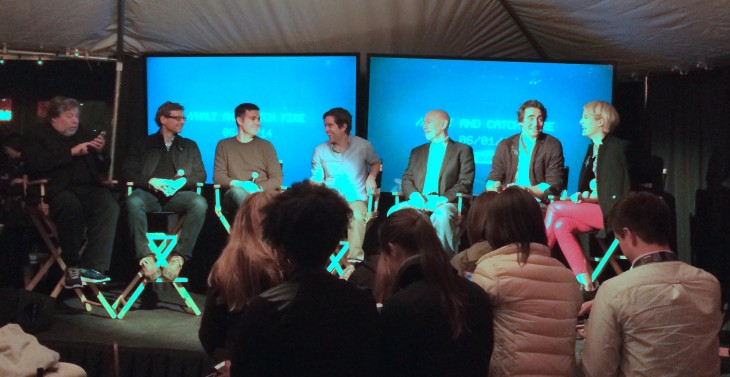
Coming from The Woz, that’s quite the compliment, and AMC is undoubtedly proud to have such a breathless endorsement from one of the PC’s original pioneers. Incidentally, Wozniak added that he only watches two TV shows at the moment, one of which is The Big Bang Theory.
Period pieces have a way of commenting more on the time that we live in than their original settings, and Halt and Catch Fire is no exception. The main thread of the story could just as easily be one from today: a group of hackers with daddy issues disrupt an existing technology monopoly while walking the narrow path between cloning and innovation.
We’re interested to see how the show develops its two main female leads, both of which have technical backgrounds. In researching her role, actress Mackenzie Davis (That Awkward Moment, Breathe In), who plays a confident programmer on the show, found that the role of women coders has regressed from the 1980s until now.
Both of Halt and Catch Fire’s women leads show depth in the first episode, but there were a couple cliche interactions that, for spoilers’ sake, I’ll leave unmentioned. AMC can hardly change history, but we’ll still be watching whether it can handle the topic with more finesse than previous series like Breaking Bad and Mad Men.
The inspiration for the show comes from one of the show’s creators, whose father moved the family down to Dallas to work for a computer company in the 1980s.
“That really stuck with me on an emotional level. That was at the emotional core for me,” Chris Cantwell said.
While the show’s arc is fictional, enough of the real-life participants of the birth of the PC are around that AMC turned to them for help in making the show technically accurate. Geeks will find that the show has a number of easter eggs relating to a number of early computing pioneers like Charles Babbage. The Clark family, for instance, is inspired in part by Gary and Dorothy Kildall.
If anything, Halt and Catch Fire will be too technical for most viewers, but that isn’t any more of a problem than Walter White’s explanations of the complex chemistry behind a P2P cook.
In explaining how the show treats the process of building new technology, showrunner Jonathan Lisco (Southland, K-Ville) noted that “in some ways society becomes the recipient of whatever psychopathology they put into their creations.”
That same principle applies for art and filmmaking. These last 30 years of tumultuous progress have caused our relationship with technology to become a mixture of fear, awe and obsession.
Halt and Catch Fire tries to express the psychopathology of our connected, mobile world by looking back at the genesis of the personal computer movement. One episode isn’t enough to judge by, but my first impression is that, while the show won’t grab us by the throat like Breaking Bad, it will slowly reel us in the way Mad Men did.
Get the TNW newsletter
Get the most important tech news in your inbox each week.

